KYIV NATIONAL LINGUISTIC UNIVERSITY презентация
Содержание
- 2. Plan Word Order in OE. Compound and Complex Sentences in OE.
- 3. Literature Расторгуева Т.А. История английского языка. – М.: Астрель, 2005. –
- 4. Word Order (WO) in OE
- 5. OE was a highly synthetic language. It had a
- 6. The WO in the OE sentence was relatively The WO in
- 7. Inverted WO was used for grammatical purposes in questions: Inverted WO
- 8. Synthetic WO (“framing structure”) is found in many subordinate and some
- 9. Compound and complex sentences. Compound and complex sentences. Words had formal
- 10. What kind of syntactic relations What kind of syntactic relations
- 11. Complex sentences consist of 2 or more clauses conjoined. In OE,
- 12. Negation Negation in simple sentences (sentence negation) in OE is expressed
- 13. The major differences between OE and PDE: Different WO patterns
- 14. OE Vocabulary (Words of CIE, CG Origin, loan-words). Native OE words
- 15. Among these words we find names of Among these words
- 16. 2) WORDS OF COMMON GERMANIC ORIGIN This layer includes words
- 17. 3) SPECIFICALLY OE WORDS 3) SPECIFICALLY OE WORDS This layer of
- 18. CELTIC (mostly found in place-names) CELTIC (mostly found in place-names)
- 20. LATIN Latin words entered the English Language at different stages
- 21. LATIN units of measurement: OE pund (lat. pondo), ynce (inch
- 22. 2. Latin through Celtic Transmission (Latin Influence of the 1st Period).
- 23. 3. Latin Influence of the 2nd Period: The Christianizing of Britain.
- 24. Word formation in OE According to their morphological structure
- 25. In LPG the morphological structure of a word was simplified. By
- 26. THANK YOU FOR YOUR ATTENTION!
- 27. Скачать презентацию
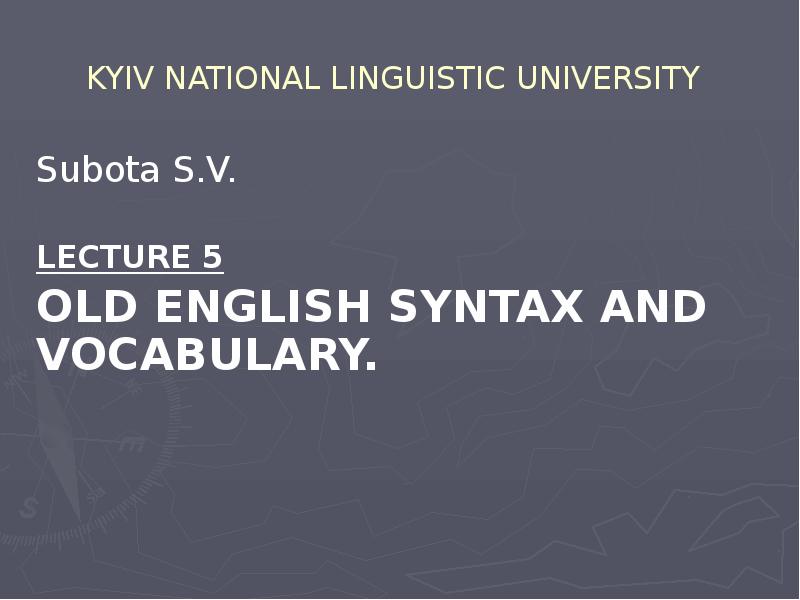








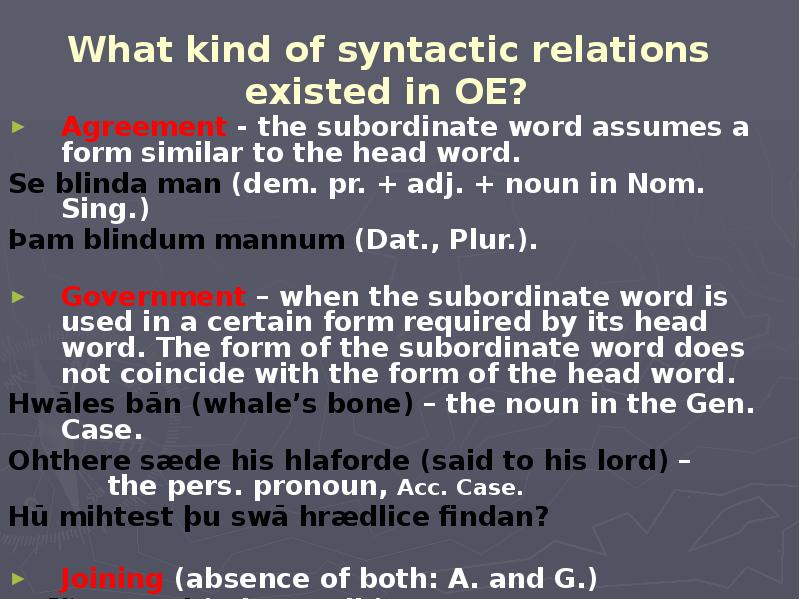






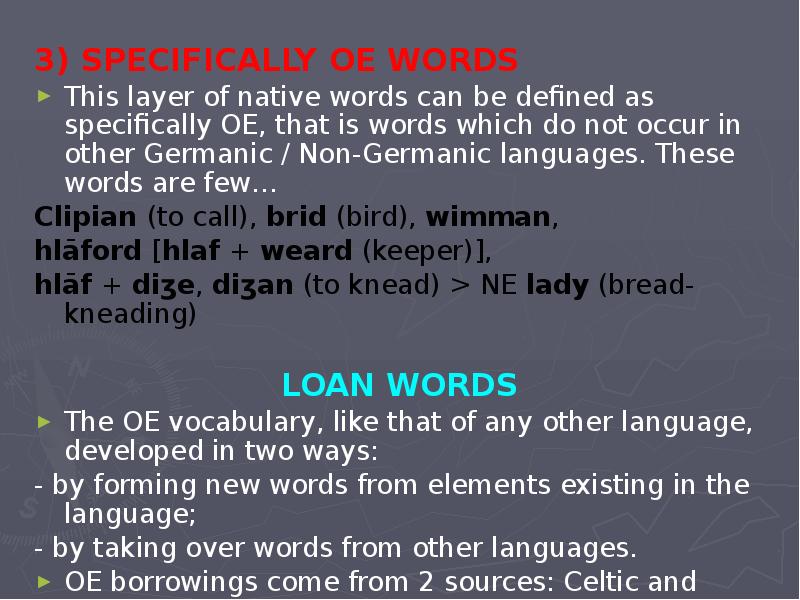

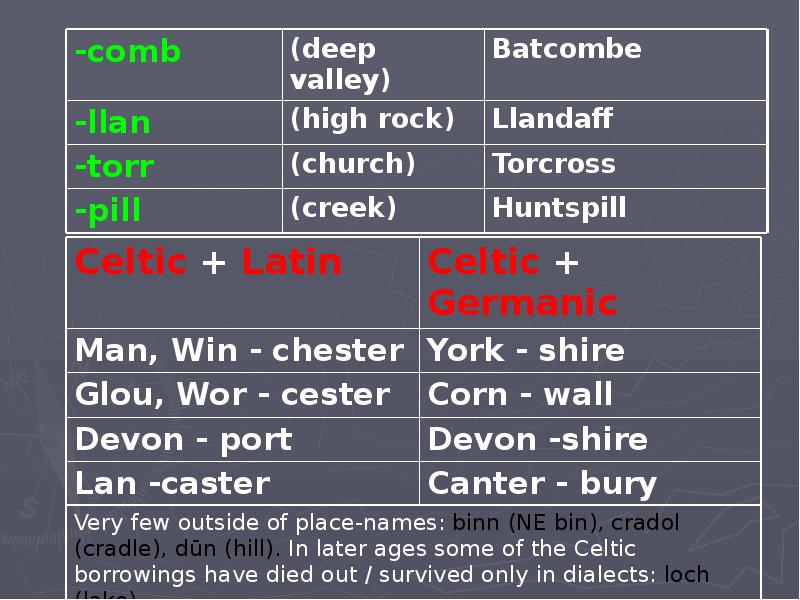
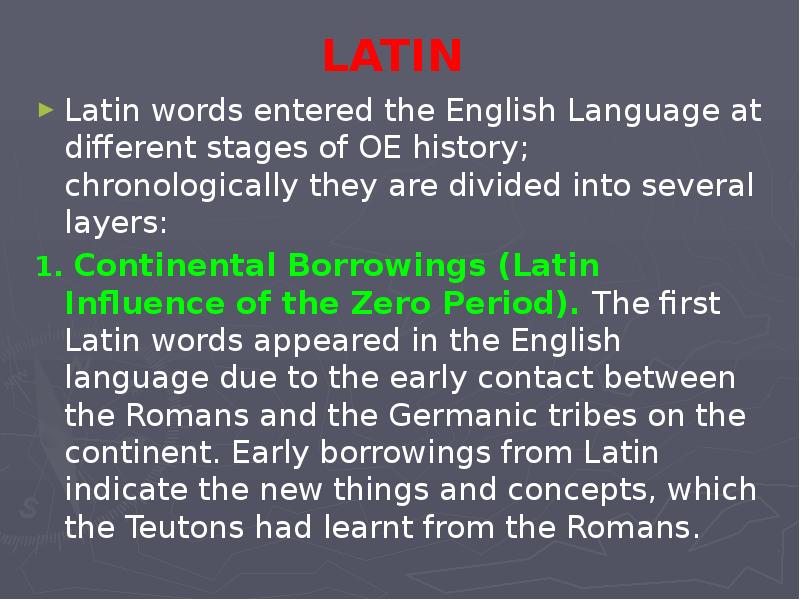
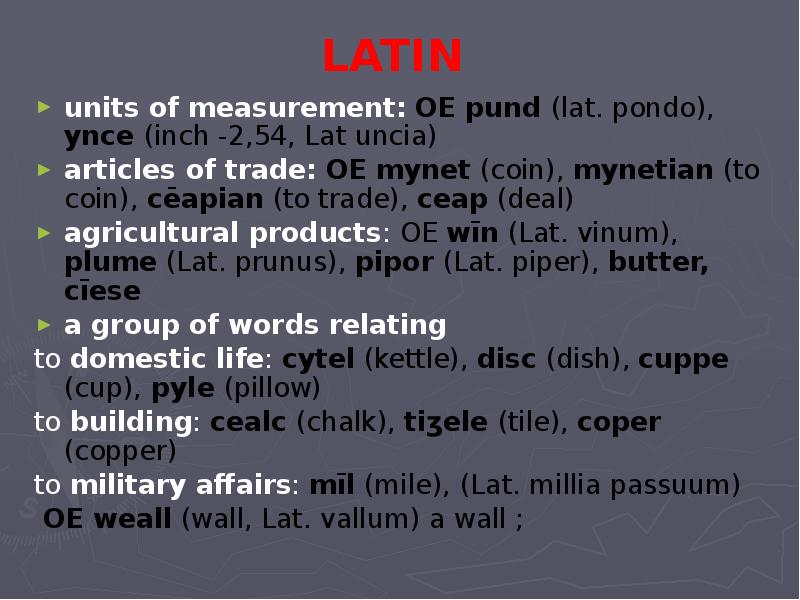

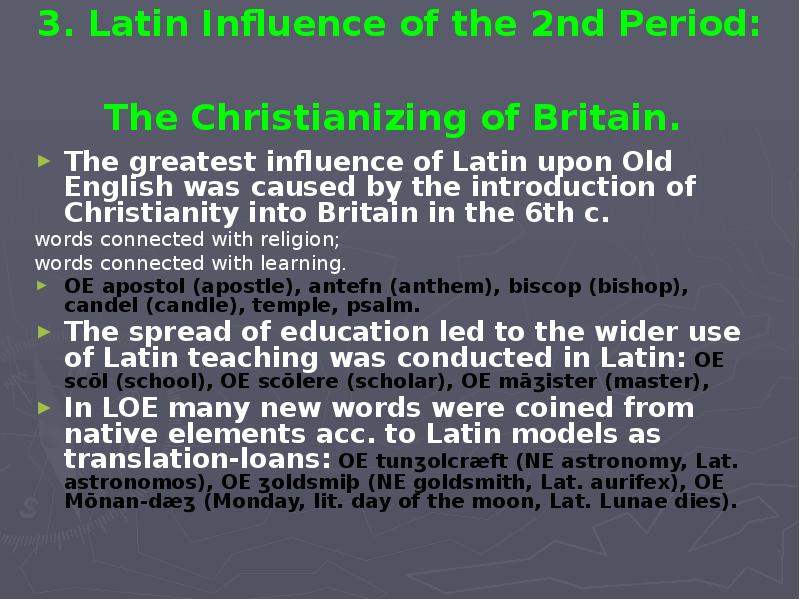
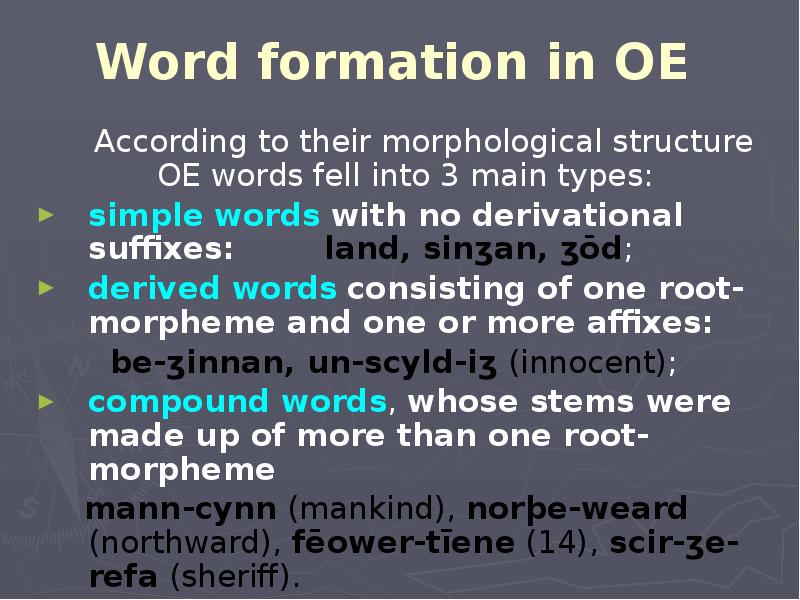
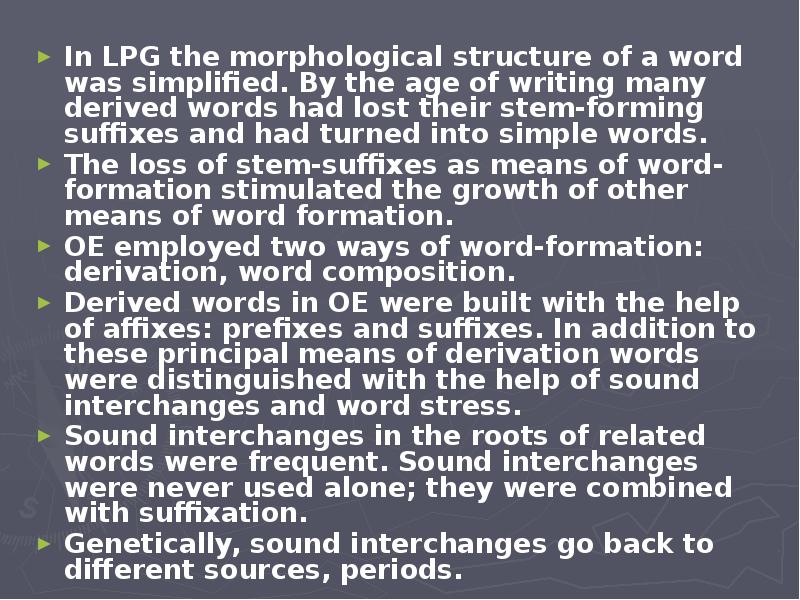

Слайды и текст этой презентации
Скачать презентацию на тему KYIV NATIONAL LINGUISTIC UNIVERSITY можно ниже:
Похожие презентации





























